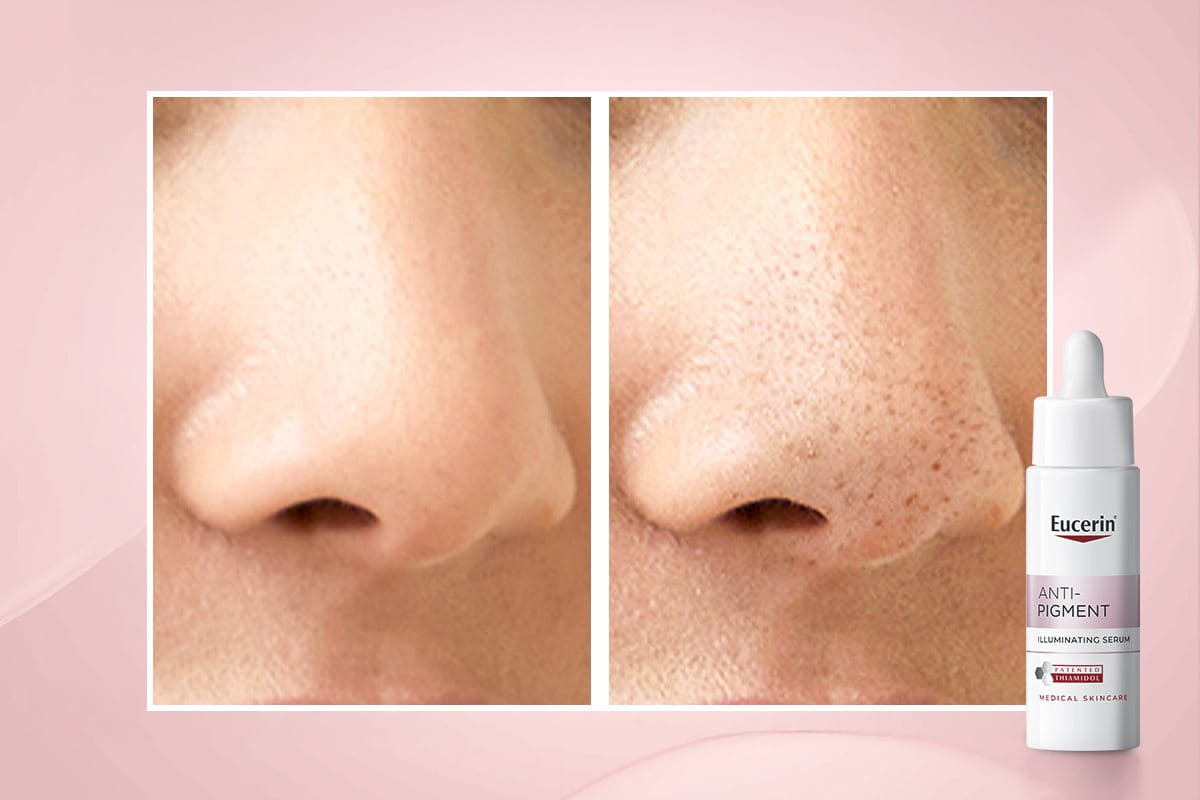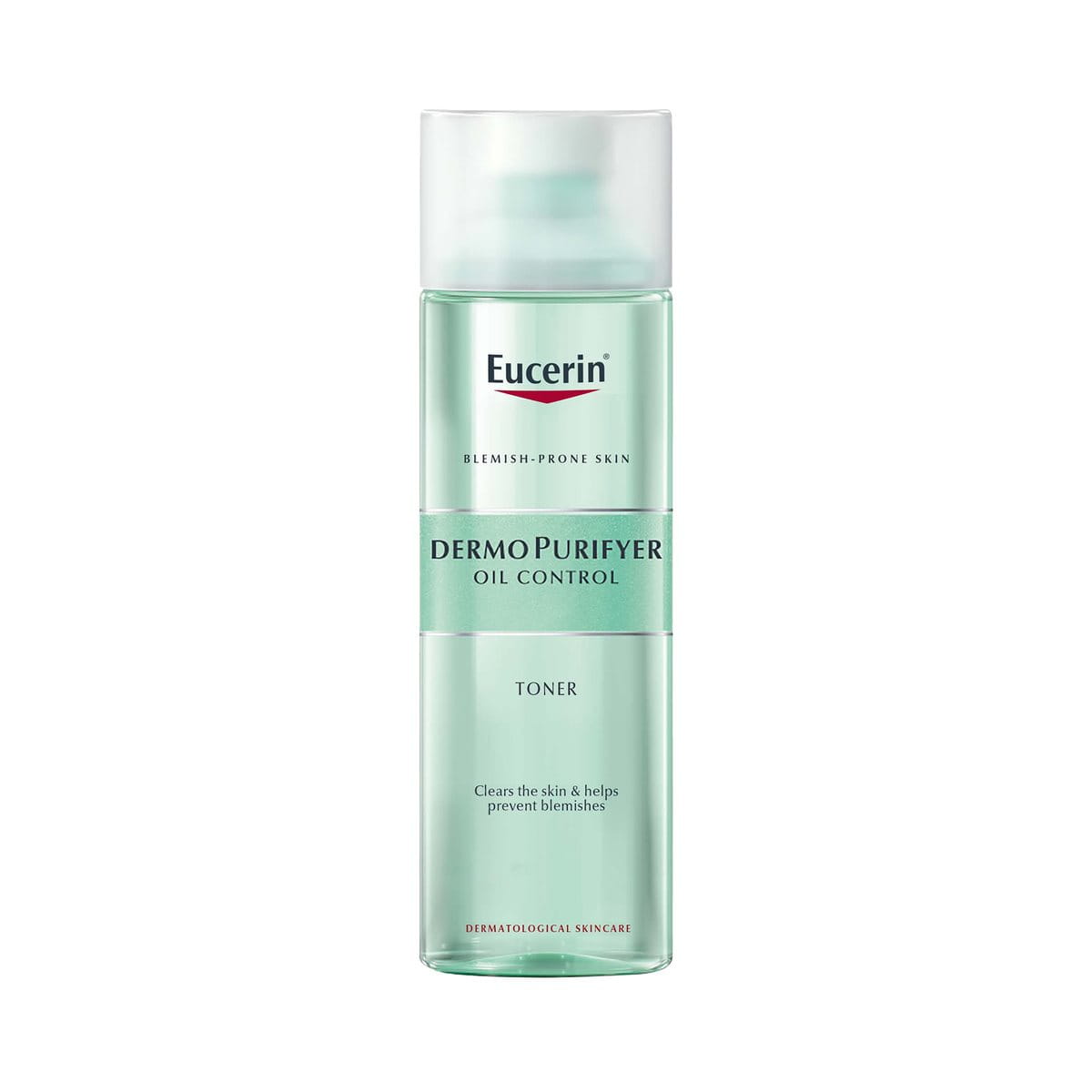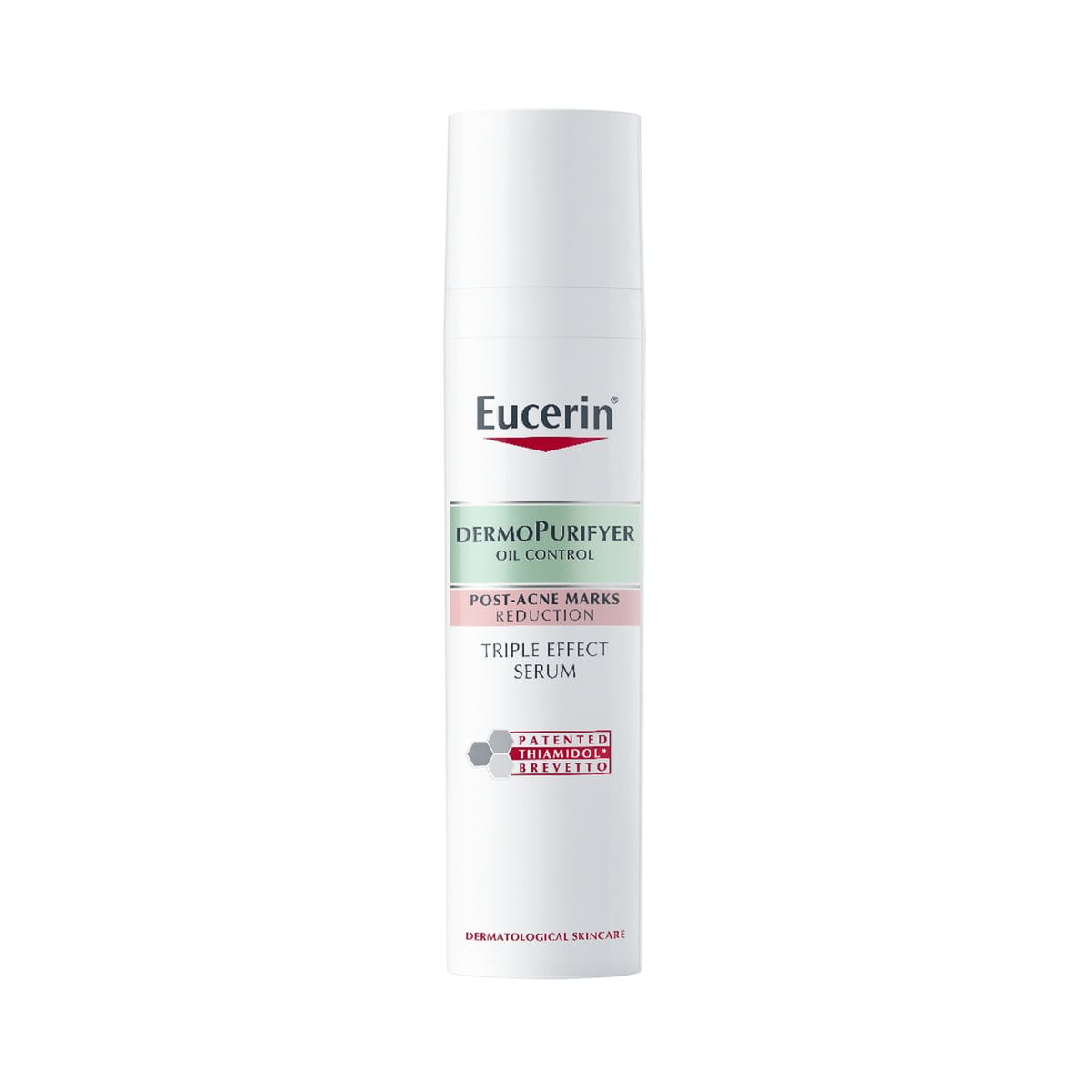After incessantly scrubbing the spots on your nose, what if you realise that they are not blackheads? They are probably sebaceous filaments. These are a normal and often misunderstood part of your natural skin. Due to their black, spotty look, they are commonly mistaken for comedogens lie blackheads. To ensure that you’re not trying to peel off vital parts of your skin, dive in and understand what are sebaceous filaments.
Keynotes:
- Sebaceous filaments are normal passages in your skin that help transport sebum to the skin's surface.
- They are often mistaken for blackheads due to their dark appearance.
- Unlike blackheads, filaments are not a sign of clogged pores and don’t require extraction. Proper skincare with gentle cleansers, exfoliants, and clay masks can minimise their appearance. Avoid squeezing them, as it can lead to irritation and skin damage.




